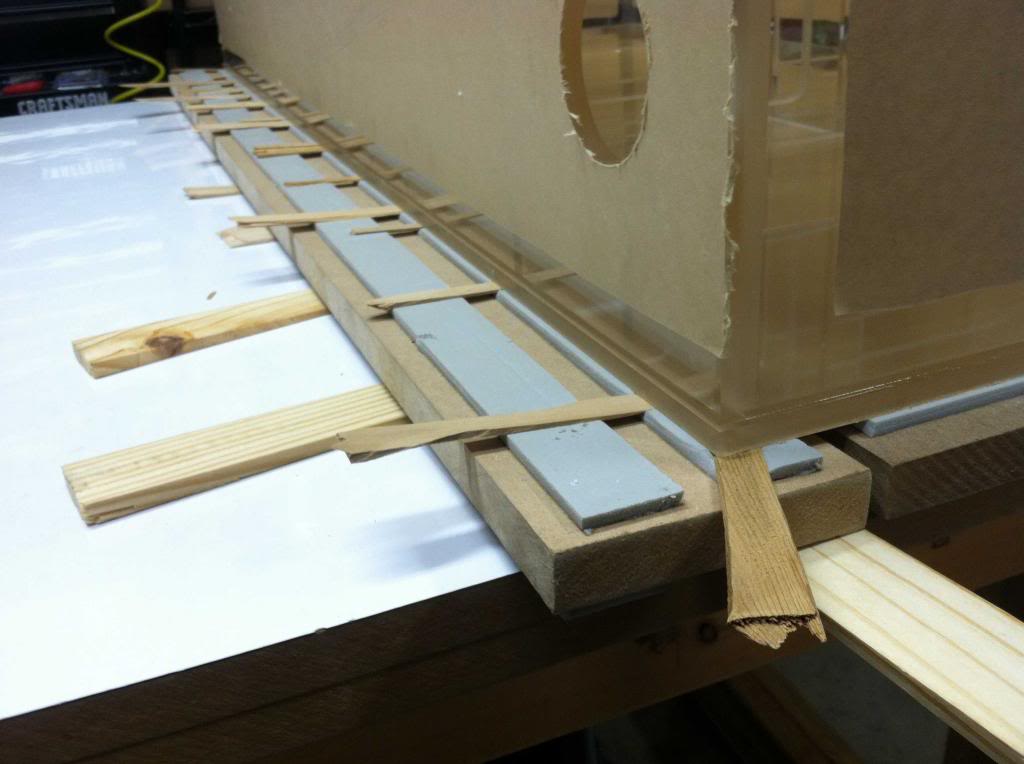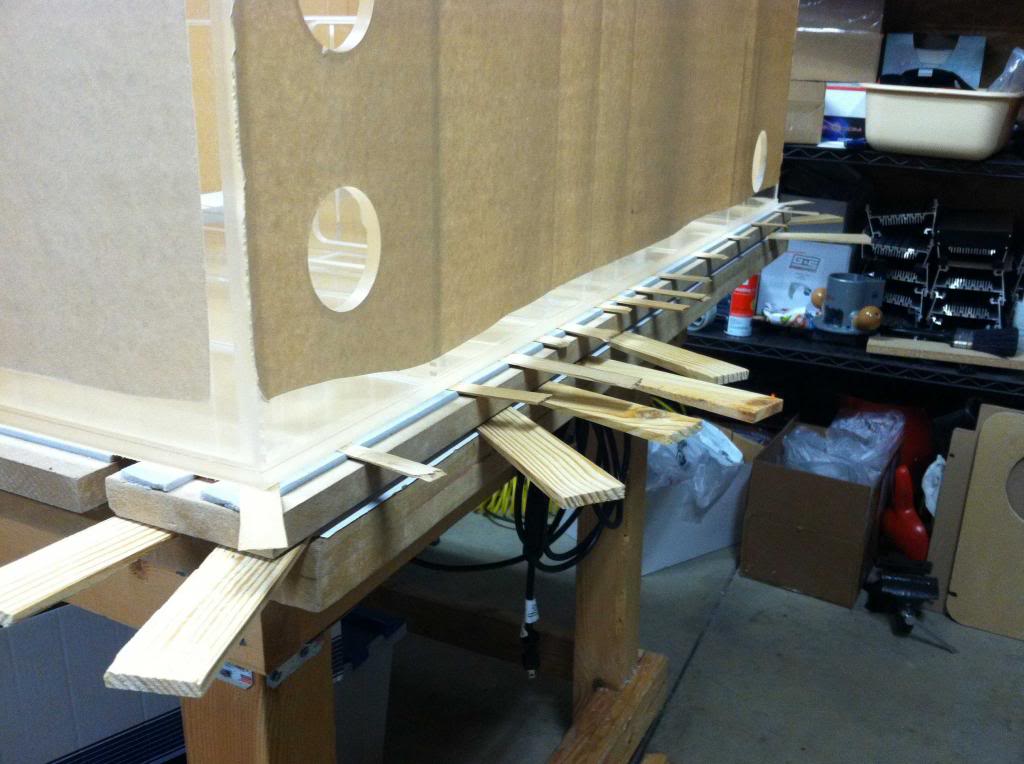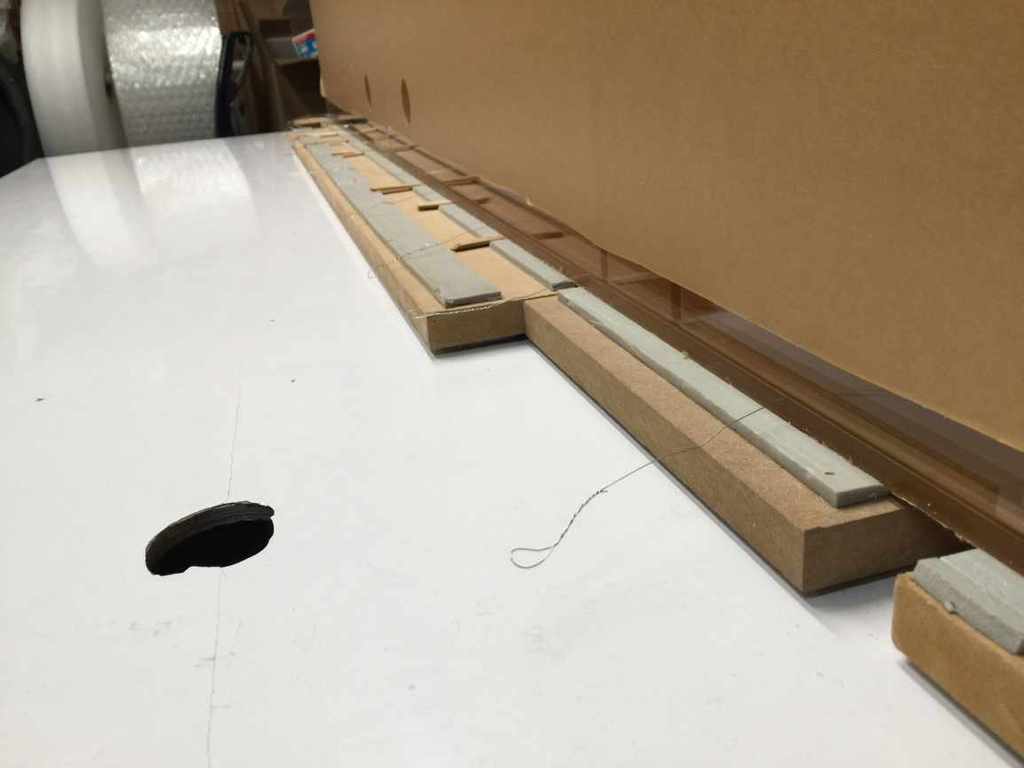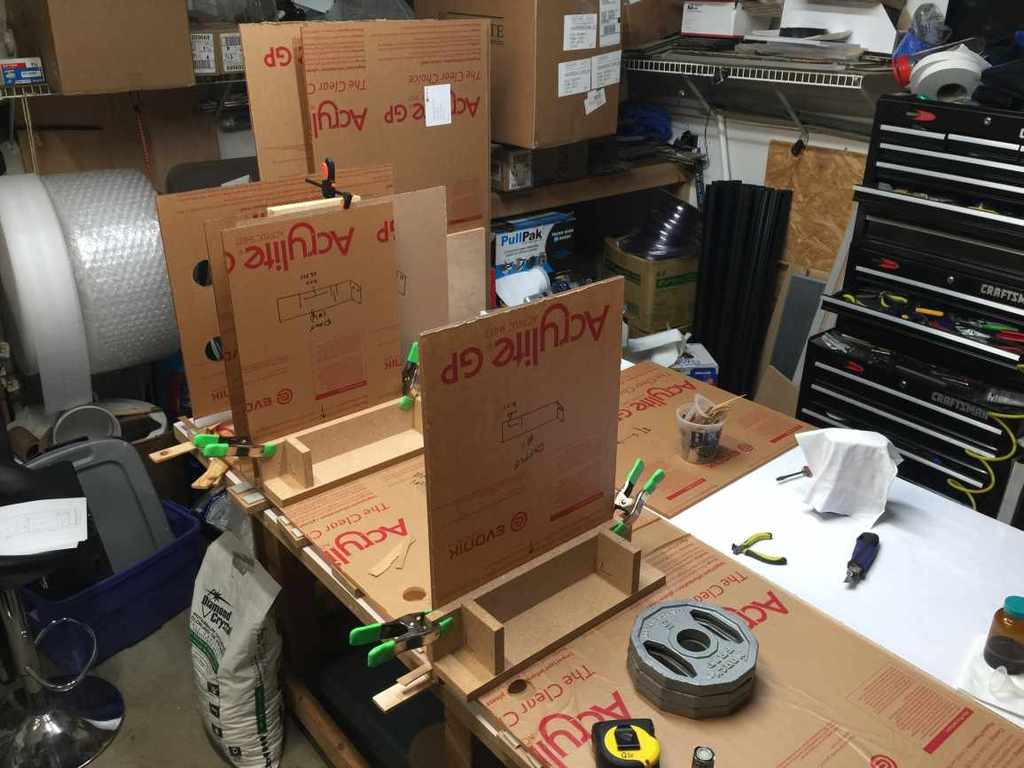dbl
It Takes Less Energy to be Nice
View Badges
Excellence Award
Reef Tank 365
Article Contributor
Moderator Emeritus
Reef Squad Emeritus
Hospitality Award
My Tank Thread
This thread has been so beneficial and I'm learning something everyday, I've decided to wait until after the holidays to start my build. I want to continue to follow along here and gain some additional information/knowledge/pointers, so please don't stop now...lol.
As I’d like to at least have everything I’ll need before starting, is there a special applicator you use when bonding the baffles, specifically the middle one? If I understand correctly, I won’t have any issues in the first step, bonding them to the front panel. It would seem I can simply do the middle one first. However, once flipped, my big paws won’t be able to reach between the 1 ½” space to get to the front panel. I had the same issue when applying silicone to the baffles in my current sump. They've worked but look like "detritus" and I'm trying to avoid that this time!
Again, you may be planning on a “tools to use” post, and if so, I will wait for that. Thanks again for your time and willingness to share.
As I’d like to at least have everything I’ll need before starting, is there a special applicator you use when bonding the baffles, specifically the middle one? If I understand correctly, I won’t have any issues in the first step, bonding them to the front panel. It would seem I can simply do the middle one first. However, once flipped, my big paws won’t be able to reach between the 1 ½” space to get to the front panel. I had the same issue when applying silicone to the baffles in my current sump. They've worked but look like "detritus" and I'm trying to avoid that this time!
Again, you may be planning on a “tools to use” post, and if so, I will wait for that. Thanks again for your time and willingness to share.






















